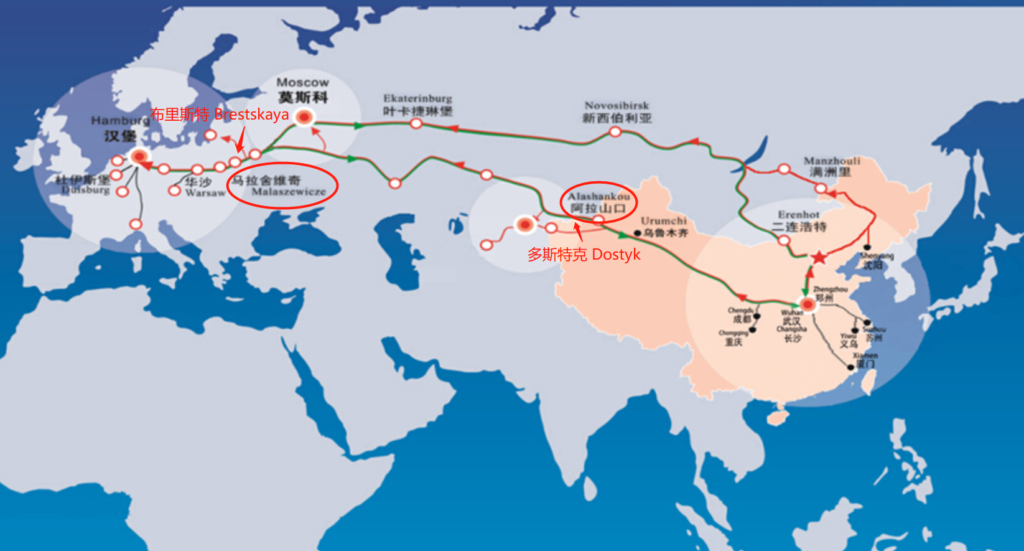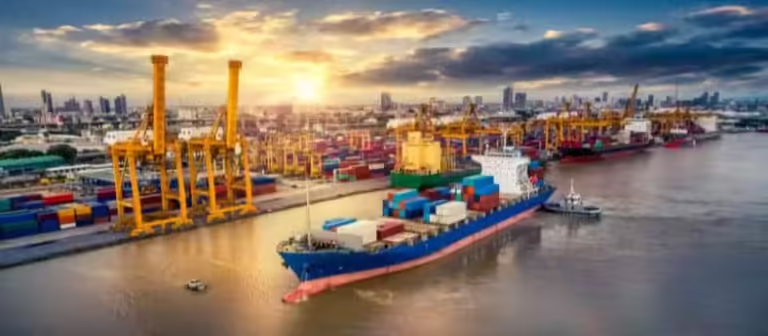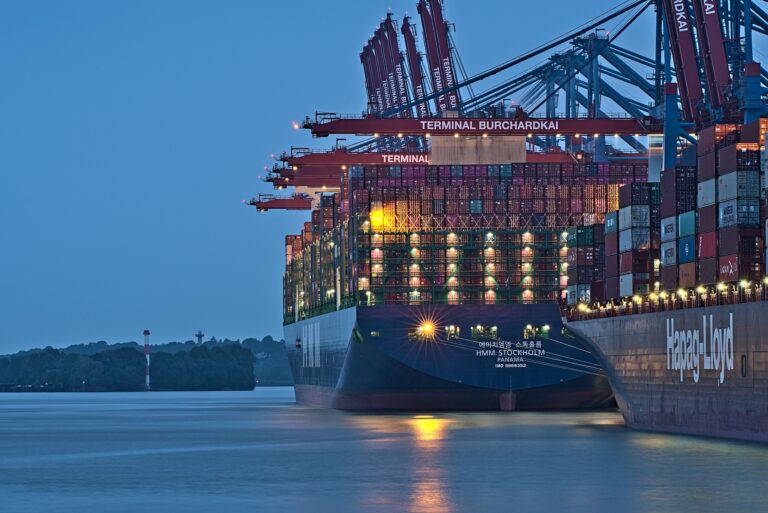Takes you through the international railway port transshipment
Many customers receive feedback from freight forwarders about the current status of their goods: “the train is waiting for transshipment at the border port.”
So, what does “transshipment” refer to? Why is it necessary?
This issue stems from the differences in “rail gauge” between different countries. In 1937, the International Railway Association designated a gauge of 1435mm as the international standard gauge. Gauges larger than 1435mm are referred to as broad gauge, while those smaller than 1435mm are called narrow gauge.

Since China and European countries use the 1435mm standard gauge, while Kazakhstan, Russia, Belarus, and other CIS countries use the 1520mm broad gauge, different tracks cannot be directly traversed.
Therefore, when international freight trains arrive at the border ports, the cargo needs to be transshipped onto trains that comply with the gauge standards of the next stage of transport. This transshipment of cargo between different gauge train cars at the border port is called “transshipment.”
The specific transshipment operations are basically carried out using gantry cranes and other equipment at the border transshipment stations.

Taking the China-Europe freight train departing from Alashankou as an example, the entire journey requires at least two transshipments:
The first transshipment is at the Dostyk station on the China-Kazakhstan border, where the cargo is transferred from China’s standard gauge to Kazakhstan’s broad gauge.
The second transshipment occurs at the Brest station on the Poland-Belarus border, where the cargo is transferred from Belarus’s broad gauge to Poland’s standard gauge to enter the Malaszewicze station in Europe.

And be notice: Do not overlook the time required for transshipment at border ports. Especially during peak seasons, the transshipment time at border ports can extend to 10-15 days, or even longer.
To ensure ample time for selling your goods, try to understand the transshipment ports and the current transshipment times before shipment. Make an early estimate and arrange the best possible routes accordingly.





